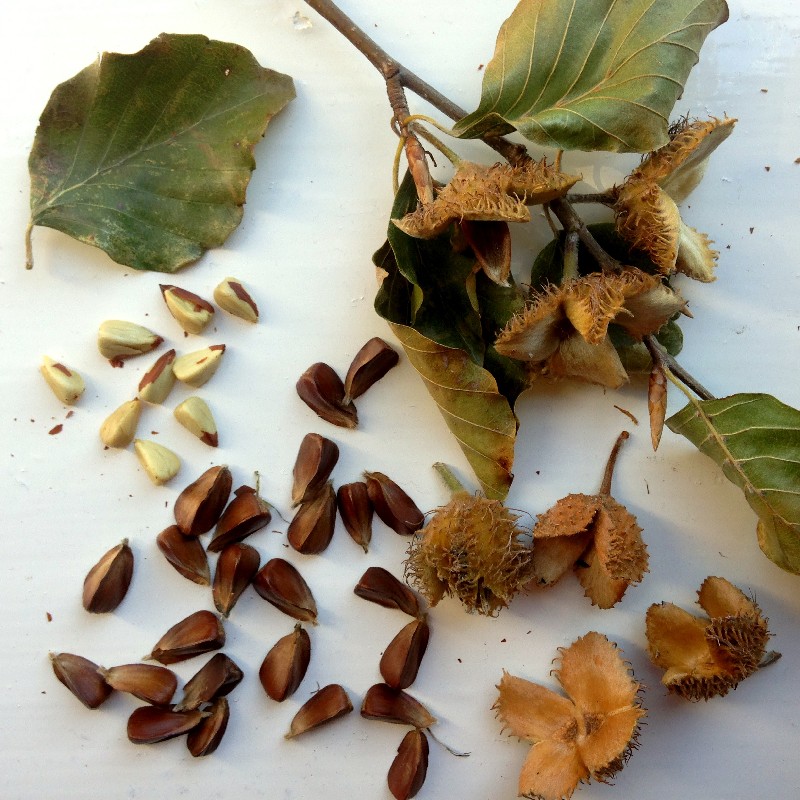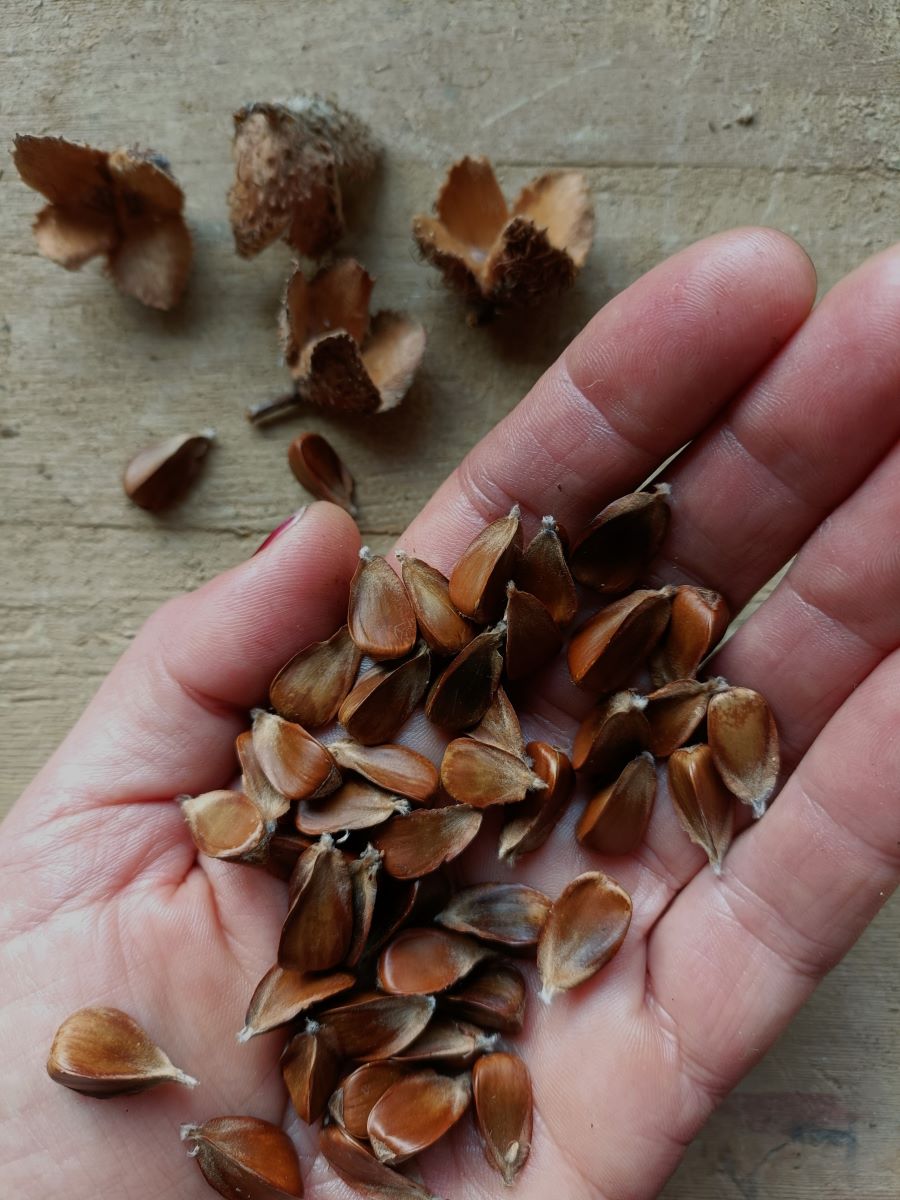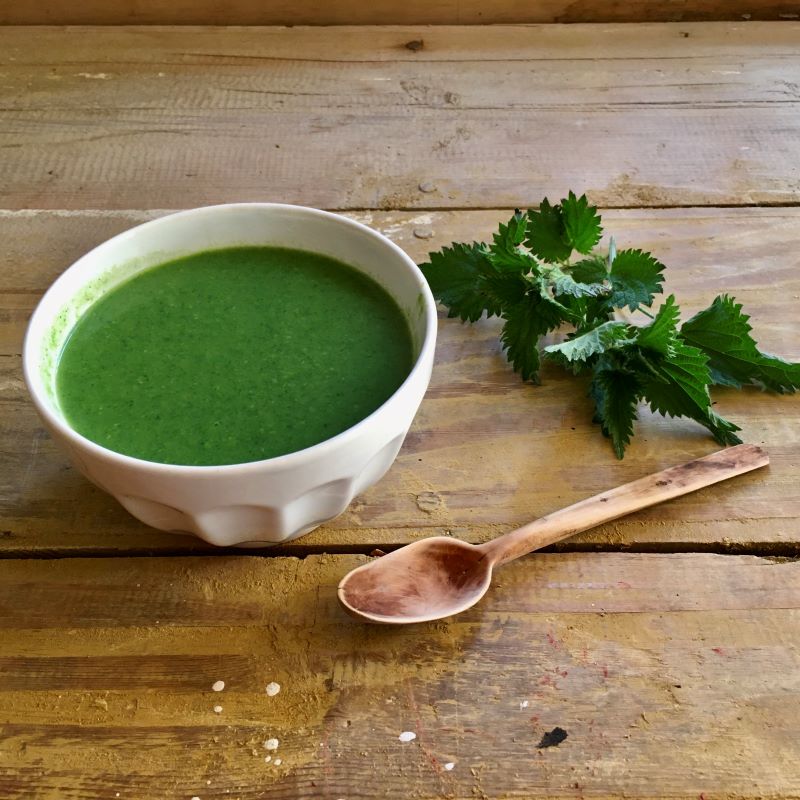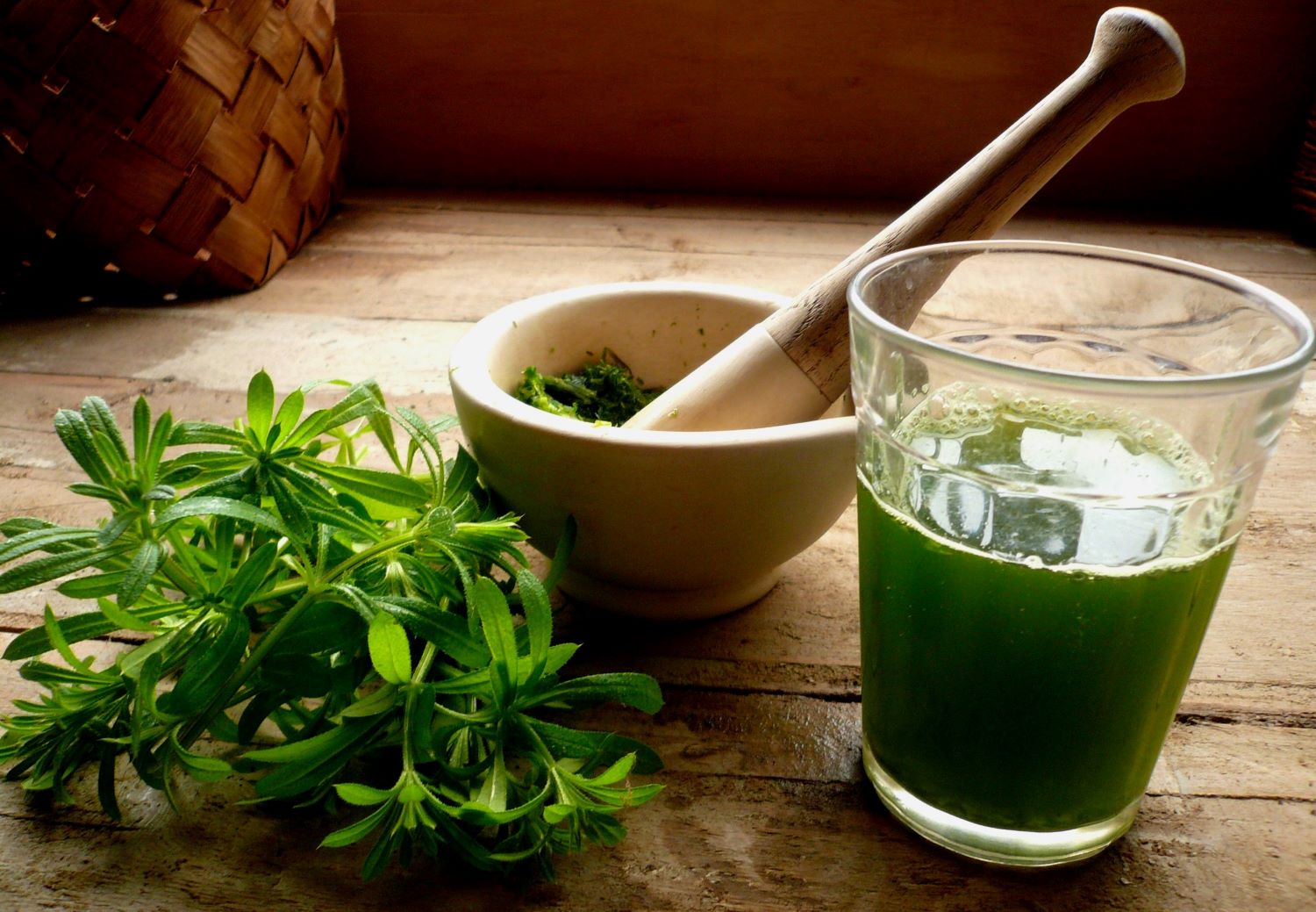Beech Nuts
Beech trees are beautiful for so many reasons! Where I grew up, near the Chilterns in South Oxfordshire, we roamed in beech woods during bluebell season, and in the autumn when their fallen leaves glow copper.
For other creatures and plants, beech woodland provides an important habitat. Caterpillars of various moths eat the leaves, and the seeds (known as beechmast) are food for mice, voles, squirrels and birds.
Also humans.

The trees are dropping their nuts now, the beautiful cups open, and from their velvety interior, the nuts spill out. Underneath the big beech, opposite where I live, it’s currently a carpet of nuts, so I’m just picking them up off the ground, leaving plenty for the local corvids who seem to love them.
They taste like a cross between a pine nut and a hazelnut and are delicious lightly roasted. Pick the bigger nuts, as the small ones are usually empty. The nuts are encased in a shiny, leathery skin.
At home, you can toast them on a baking tray at about 200 degrees for 5 minutes. They can burn easily so keep an eye on them. Break open the husk, rub off the skin and they’re ready to eat. Perfect to sprinkle on a salad or grain dish.

Out in the woods, you can lay a couple of handfuls of the nuts (still in their shiny brown three sided shells) on a small patch of bare ground and then light a tinder bundle on top. The first time I did this I was surprised it was enough heat to toast them, but it worked well.
Beech nut pesto
You can swap pine nuts for beech nuts in your pesto recipe, just toast the beech nuts first.
Here’s a simple recipe:
20g beech nuts (toasted and shelled)
20g nettle leaves (if you have a nettle patch that was cut down at the end of the summer, you’ll find there are now young leaves ready to eat. Avoid any that are in flower/seed)
20g basil leaves
25g Parmesan
50ml olive oil
1 clove garlic
Give it all a good whizz in a food blender, or for slow pesto, grind in a pestle and mortar.
You’ll find lots of interesting info about beech trees, Fagus sylvatica, on the Woodland Trust website


